30 Nov 2024
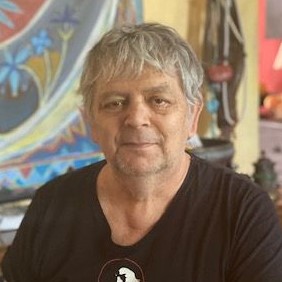
Roger Lahana
Président de l'association No Corrida
The creation of innovative expressive prolongations that are directly related to human activity in the natural space signifies new starting points for connecting Human’s presence with the Nat

Contemporary Art with its multiplicity and diversity of formulations and starting points is consistent with the active redefinition of the complexity of the role of the artist, who through his creative subjectivity, develops not only new morphoplastic types and markings but also consents to an a fortiori connection between of Life and Art, contributing unequivocally and crucially to the decoding of the Present reality.
The essentialization of the expressive realizations of Contemporary Art is perhaps underpinning by the sine qua non intention of the artist to redefine the concept of the aesthetic and sensory function of the work of art, shifting the epicenter of his gestural praxeology to the development of a reflection directly connected to the continuities and the discontinuities of the Present Historical Time.
The capture of the natural landscape as a self-existent painting subject already from the beginning of the 19th century, signalize the necessity for a more direct and substantial contact with Nature through which the respective artist seeks to capture the character and atmosphere of the depicted landscape. The precepts of the French Enlightenment and especially of Jean-Jacques Rousseau certainly contribute to the realization of the inseparable relationship of Human with the Natural Environment, as an inescapable component for the understanding of his intrinsic nature as a living being. Artists of landscape painting such as Théodore Rousseau and Charles – François Daubigny transfuse an almost pantheistic character to their gestural dialectic with Nature. The release of creators from the conventions of the artistic workshop through en plein air painting undoubtedly consents to the conjunction of subjective and objective tendencies and elements with the ultimate goal of in situ capturing the aesthetics of natural space, an element that will also be shaped by Impressionism.
Art as a self-referential process but also an active component for the perception and understanding of the world that surrounds us in its entirety, seeks and establishes the meaningful contact with human as a primarily spiritual entity. Contemporary Art plainly initiates the connection of the artist, the work of art and the public in the light of André Malraux's vision of the "Museum without Walls" which re-evaluates the function of artistic expression in relation to living reality and its manifestations. The displacement of the aesthetic value of the work of art that is typically highlighted in a museum environment to an in situ presentation in a natural space that sometimes turns into a timeless and universal dimension, redefines not only its character but also the role which consciously or not, is called upon to provide in the polymorphic modern process.
The conquest of the depiction of the natural world and its personal interpretation was completed in the 19th and 20th centuries and currently Art orientates to the decoding of the dialogue between the individual and the collective dimension as well as the shaping of new internal processes. The multi-meaningful content of contemporary artistic expression interacts with the prime importance semantics and semiotics of conceptualization, whose meaning exists as a fundamental component for the forms of Contemporary Art which in turn are called upon to capture the multidimensional Present, while simultaneously developing the politics of awareness and of reflection. The creation of innovative expressive prolongations that are directly related to human activity in the natural space signifies new starting points for connecting Human’s presence with the Natural Environment. The leaving from traditional forms of gestural identity of the artistic work generates to pioneering expressive markings which consequently converge in an undeniably fruitful fundamental formulation through which viewer and artist converse with an alternative interiority that emanates from the image. The diversity of the formulations of Contemporary Art also implies the diversity of the means of expression. Installations, paintings and photographic markings - documents interact with the morphoplastic consciousness of contemporary artists in light of the emergence of the environmental crisis. The evolution of Industrial and postindustrial Civilization as a reality but also an historical continuity, however, a discontinuity, marks the revolutionary expressive data that relevate the protection of Nature to a defining function of life, activism and artistic expression.
Already from the 1960s – 1970s decade Environmental, [Land] Art, the Art of the Earth, reconstitutes the multi-significance of the Natural Environment, conceptualizing the direct function and connection of Human with the Earth as a fundamental element of the dualism of his existence. Axis Mundi by artists such as Danai Stratou (fig. 1) and Robert Smithson (fig. 2) balances between innovative and primal idiosyncrasies of capture and imprinting, articulating the expressive dynamics of a gesture that materializes the concept of essentially spiritual connection with the Natural Environment. Signaling this morphoplastic identity as fundamentally humanistic suggests de novo awareness of Human's relationship with Nature. The emphasis on transformations in the Environment attaches importance to new dimensions, markings and directions regarding the changes brought about by time, always in direct relation to the forces of Nature.
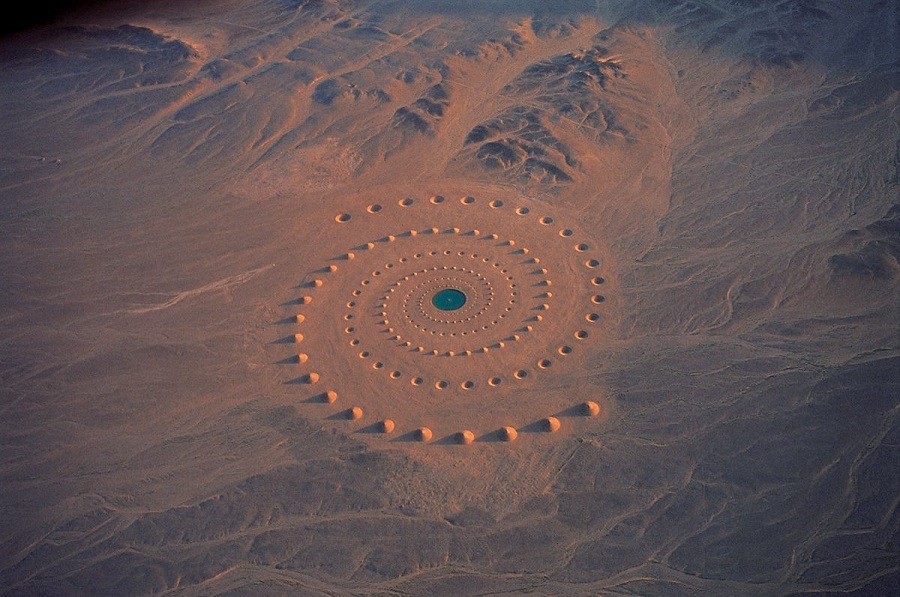
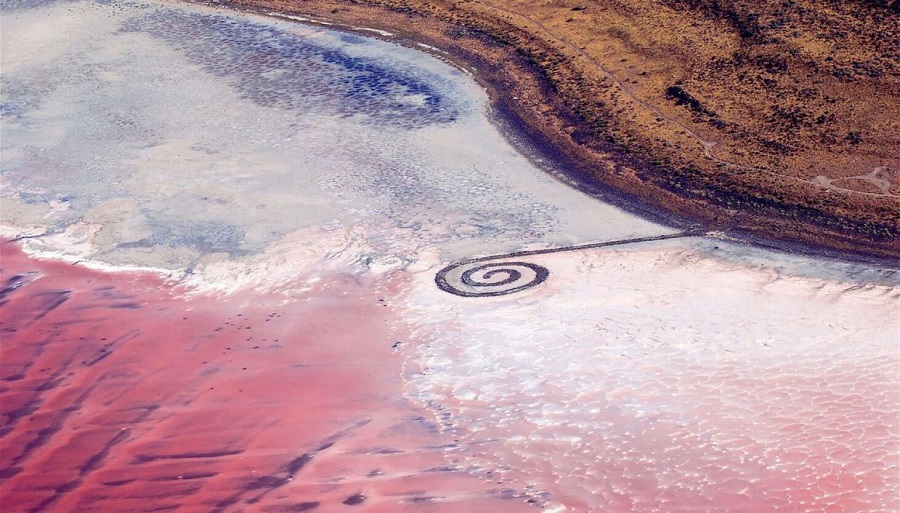
The concept of "anti-form" that Contemporary Art inaugurates and conquers by conforming to the formation of another kind of expressive and gestural activity, deems Environmental Art as a meaningful unity of praxeological dimension and human existence. Its ideological basis, occasionally, constitutes an indisputable reflection on current environmental issues in the light of the effect on the viewer-audience. The case of the Japanese artist Koie Ryoji who, with Return to Earth (fig. 3), highlights his anti-nuclear gestural expression constitutes perhaps a kind of subset of Land Art through which he identifies the concept of the earthly - human with Nature.
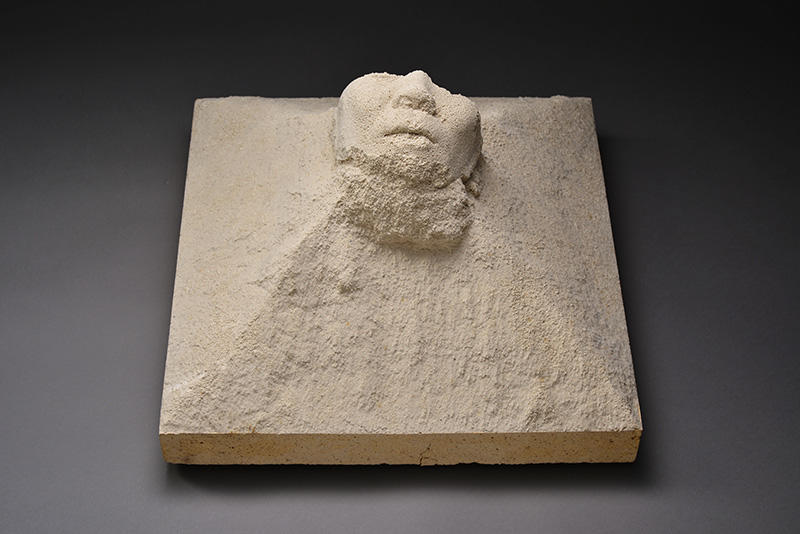
Photography, as a means of self-expression and capturing individual and collective experience, acquires a documentary identity that captures the aspects and diversities of the natural landscape, aiming to activate the sensitivity of modern man for the protection of the Environment. In the current exhibition of Paolo Pellegrin's Landscapes at the Kunstmuseum in Wolfsburg from Iceland, Greenland, Costa Rica, Namibia and Australia, the effects of human-caused climate destruction are articulated through photographs in which the dynamic of capturing the majestic beauty of natural landscapes dictates the necessity of protecting the Earth. Pellegrin emerges as a world explorer of Nature, offering images of awe. This particular project is a continuation of the 2017 project, in which Pellegrin undertook in collaboration with the NASA team to document the dramatic consequences of global warming. Imprinting the conceptualization of Realism reflects the contemporary climate reality of crisis through a disarming gestural writing.
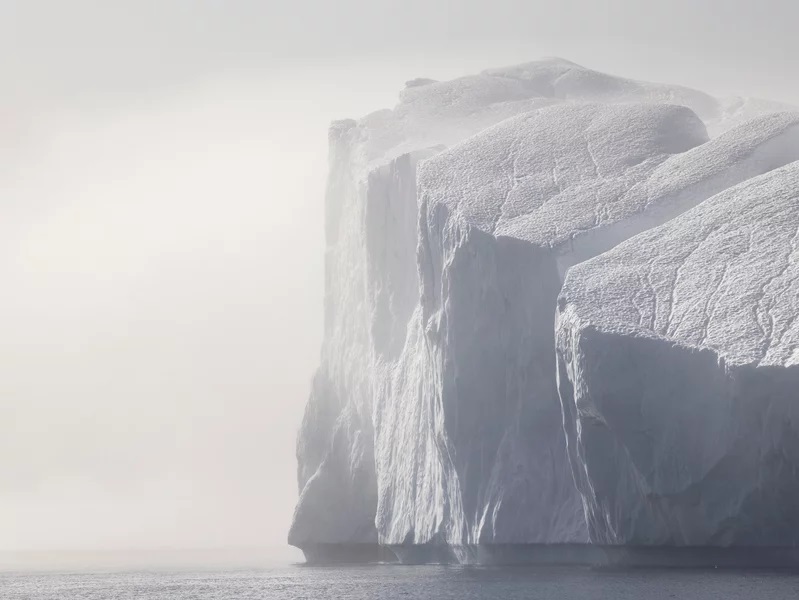
The morphoplastic vocabulary of artists such as Menashe Kadishman (fig. 5) impresses with the dynamics of representational expression but also for the essentialization of the painting subject. Kadishman negotiates subjectivity and objectivity by elevating Cracked Earth into universal signification.
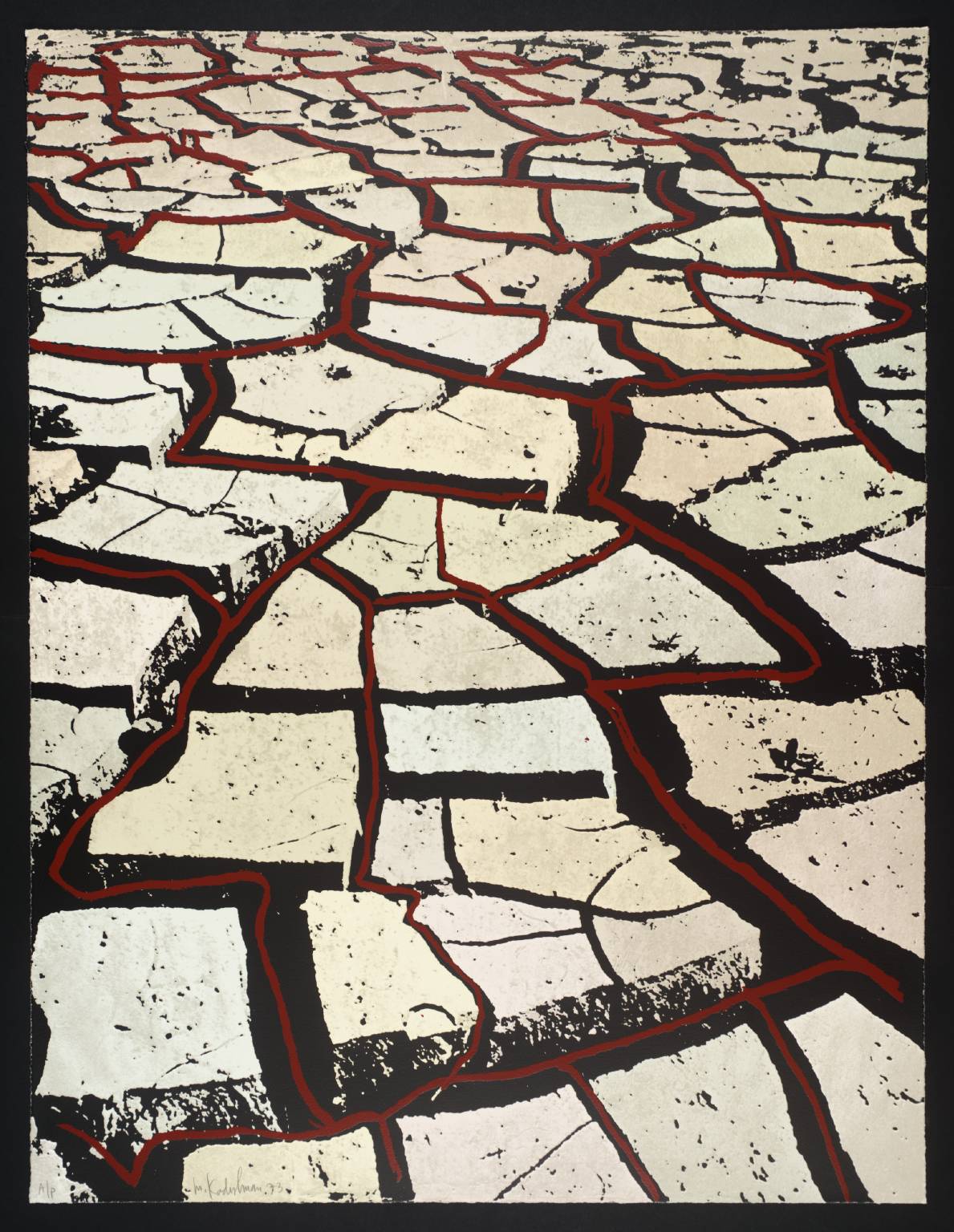
The formulation of the contemporary Sean Yoro, Α' Ο Αna (The Warming, fig. 6) reconstitutes the concept of collective experience through edgy artistic expression that captures the living reality of global warming. The visual stimulus is transformed into an active reflection that is felt through the representational accuracy of the image. The expressive truth of the subject for both aforementioned artists reconstitutes the anatomy of climate change by consenting to the partnership of logic with the awareness of lived contemporary reality.
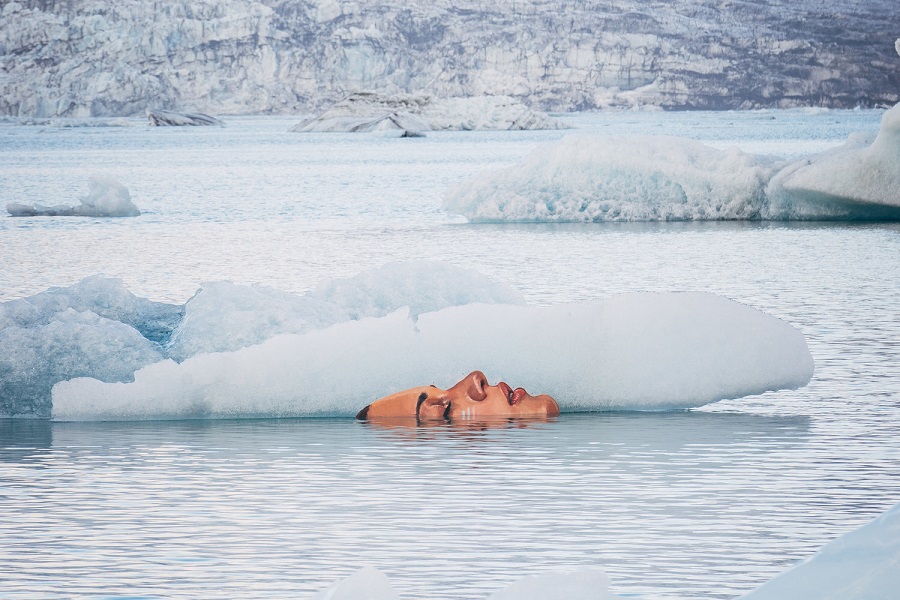
The attachment of the aspects of the visible through Installations that reflect the diversity of searches and experimentations, point out the multi-significance of the coexistence of the internal and the external dimension. Olafur Eliasson's Weather Project (fig. 7) as a praxeology of imitating the Natural Environment, reconstructs the viewer's in situ experience of contact with the forces of the Universe. The marking of the individual with the collective component, constitutes and limits the multi-meaning concept of the connection of Human with Nature.
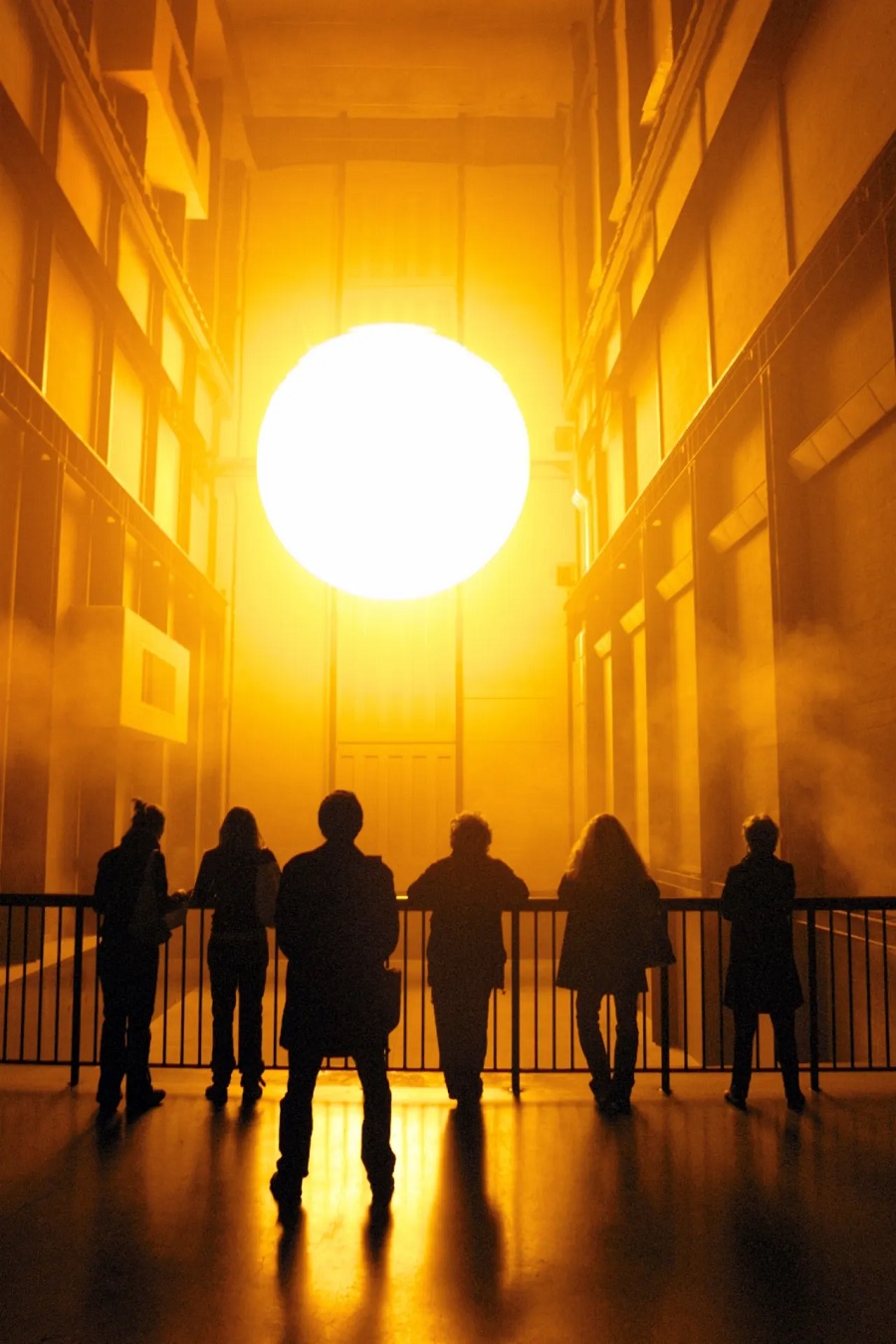
The active dialogue between Art and Science redefines the dynamics of artistic expression in relation to the current problematic of the environmental crisis. The visual artist Susie Ibarra and the climatologist Michele Koppes created in 2020 the Installation Water Rhythms (fig. 8) using sounds from melting ice from the Coast Mountains of the Pacific Northwest, the Greenland and the Indian Himalaya. The sense of hearing is reduced to a primary feature of the expression, inviting viewers to empathize with the Climate Emergency and the rapidly increasing temperature of the planet. The audiovisual signage of Installation 333Hz (fig. 9) by Antoine Bertin invites the visitor to sensorially capture the evolving rhythm of deforestation around the world.
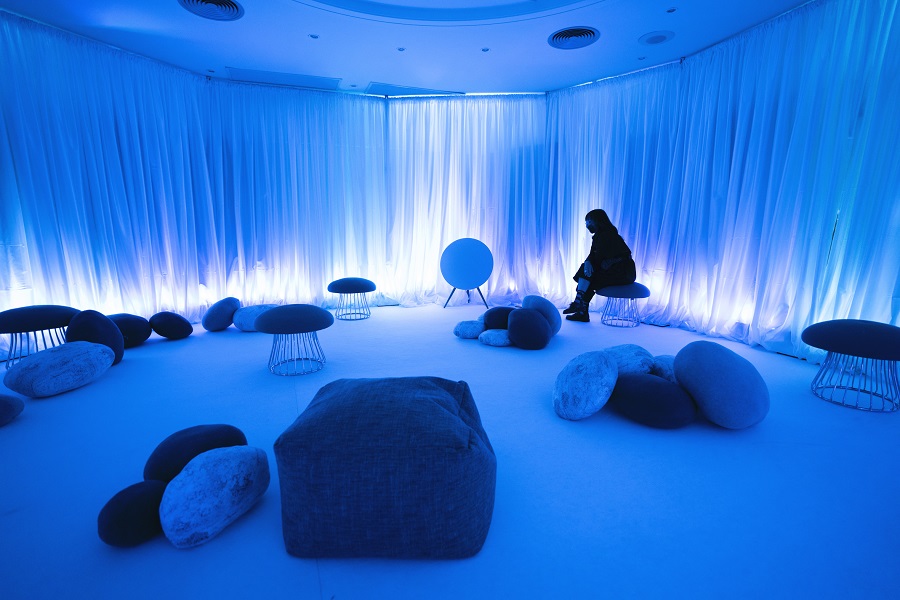
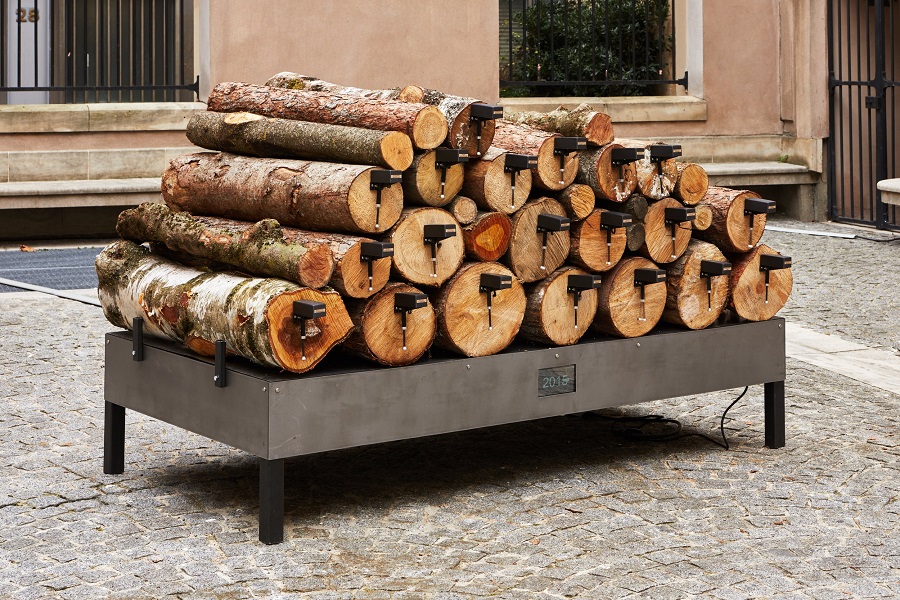
Human and the Natural Environment, self-existent ontologies but also multidimensionally interrelated entities, constituted in the Past and hereunto the most fundamental core of Science and Art that over the centuries re-examine, decode and redefine their solid bond as well as the clear interaction between them. The evolution of human civilization, which clearly also marked the increasing industrialization, brought about the progressive intervention of Human in Nature, consciously or not uncorking from his praxeology the ethics of respect for the Environment, abolishing most of the times even the aesthetics regarding the formation of urban landscape within which he lives and creates.
The polymorphic Contemporary Art and its formulations as constitutive reflections on the Environment and climate change, present and suggest an alternative aesthetic conquest that redefines the dynamics of experience through the use of materials, sounds and images directly derived from Nature that transform artistic expression in a universal and ecumenical language and at the same time self-referential. Environment and Human, ambivalent and countervailing forces, primordial beliefs, current as well as timeless, realizations, philosophical searches and real objectivities, advocate the perception of respecting the forces and elements of Nature with the significant prerequisite being the understanding of the multi-significance of human self-awareness as the non-negotiable basis of the utilization and evaluation of personal and collective freedom which ultimately emerges as a centripetal axis of the coexistence of the totality of Human with his Eternal Companion.
BIBLIOGRAPHY
NEKTARIANNA SALIVEROU
PhD in History of Contemporary Art –
University Montpellier 3 – Paul Valéry,
Historian, Author
Comment
Reply